Human CCL5/RANTES ELISA Kit
$299.00 – $419.00
ELISA Kit Detail Information
| Related Target | |
|---|---|
| Species | human |
| Sample Type | Serum, plasma, cell culture supernatant, and other biological samples |
| Sample Volume | 20 μL |
| Sensitivity | 0.53 pg/mL |
| Array Range | 15.63 pg/mL – 1000 pg/mL |
| Assay Time | 3.5 h |
| Recovery | 84% – 117% |
| Average Recovery | 97% |
| Intra Precision | 6.9% - 7.8% |
| Inter Precision | 5.5% – 8.3% |
| Plate | Detachable 96-well plate |
| Storage | If the reagent kit is unopened, it should be stored at 4℃. However, if it has been opened, the standard solution should be stored at -20℃, while the other components should be stored at 4℃. |
| Delivery | 4℃ blue ice transportation |
| Components | 96-well polystyrene enzyme-linked immunosorbent assay (ELISA) plate coated with anti-CCL5/RANTESA monoclonal antibody Human CCL5/RANTESA freeze-dried standard CCL5/RANTESA detect Antibody Standard Diluent Assay Buffer(10×) Substrate TMB Stop Solution Washing Buffer(20×) Sealing Film |
| Assay Principle | This kit utilizes the double antibody sandwich enzyme-linked immunosorbent assay (ELISA) detection technique.Specific anti-human CCL5 antibodies are precoated on a high-affinity ELISA plate. Standard samples, test samples, and biotinylated detection antibodies are added to the wells of the ELISA plate. After incubation, CCL5 present in the samples binds to the solid-phase antibodies and the detection antibodies. After washing to remove unbound substances, streptavidin-HRP labeled with horseradish peroxidase is added. After washing, a colorimetric substrate, TMB, is added and the plate is incubated in the dark for color development. The intensity of the color reaction is directly proportional to the concentration of CCL5 in the samples.A stop solution is added to terminate the reaction, and the absorbance value is measured at a wavelength of 450 nm (with a reference wavelength range of 570-630 nm). |
Related Targets
CCL5
CCL5 Target Infomation Overview
- Target Symbol: CCL5, C-C motif chemokine ligand 5
- Gene Groups: Chemokine ligands
- Alias: RANTES; SISd; TCP228; MGC17164
- Previous Names: D17S136E; SCYA5
- Alias Names: T-cell specific protein p288; T-cell specific RANTES protein; SIS-delta; regulated upon activation, normally T-expressed, and presumably secreted; beta-chemokine RANTES; small inducible cytokine subfamily A (Cys-Cys), member 5; small inducible cytokine A5 (RANTES); chemokine (C-C motif) ligand 5
CCL5, C-C motif chemokine ligand 5 Target Infomation by Species
- Human
- Mouse
- Rat
Human CCL5 Target Information
- Target Symbol: CCL5, C-C motif chemokine ligand 5
- Alias:
- beta-chemokine RANTES
- C-C motif chemokine 5
- chemokine (C-C motif) ligand 5
- D17S136E
- eoCP
- eosinophil chemotactic cytokine
- MGC17164
- RANTES
- regulated upon activation, normally T-expressed, and presumably secreted
- SCYA5
- SIS-delta
- SISd
- small inducible cytokine A5 (RANTES)
- small inducible cytokine subfamily A (Cys-Cys), member 5
- small-inducible cytokine A5
- t cell-specific protein P228
- T-cell specific protein p288
- T-cell-specific protein RANTES
- TCP228
- NCBI_Gene: 6352
- UniProtKB: P13501
Human CCL5 Predicted Functions
Enables several functions, including enzyme activator activity; phosphatidylinositol phospholipase C activity; and signaling receptor binding activity. Involved in several processes, including cellular response to cytokine stimulus; positive regulation of cell migration; and positive regulation of cell-cell adhesion. Acts upstream of or within positive regulation of T cell migration. Predicted to be located in cytoplasm. Predicted to be active in extracellular space. Implicated in several diseases, including hepatitis B; hepatitis C; liver disease (multiple); pulmonary tuberculosis; and severe acute respiratory syndrome. Biomarker of several diseases, including fatty liver disease (multiple); glucose metabolism disease (multiple); hypertension (multiple); liver cirrhosis (multiple); and lung disease (multiple).
Mouse Ccl5 Target Information
- Target Symbol: Ccl5, chemokine (C-C motif) ligand 5
- Alias:
- MuRantes
- RANTES
- Scya5
- SISd
- small inducible cytokine A5
- TCP228
- NCBI_Gene: 20304
Mouse Ccl5 Predicted Functions
Enables CCR1 chemokine receptor binding activity. Involved in negative regulation of macrophage apoptotic process and positive regulation of monocyte chemotaxis. Acts upstream of or within inflammatory response; positive regulation of epithelial cell proliferation; and response to tumor necrosis factor. Located in cytoplasm and extracellular space. Is expressed in several structures, including central nervous system; gonad; hemolymphoid system; late tubule; and retina. Human ortholog(s) of this gene implicated in several diseases, including hepatitis B; hepatitis C; liver disease (multiple); pulmonary tuberculosis; and severe acute respiratory syndrome. Orthologous to human CCL5 (C-C motif chemokine ligand 5).
Rat Ccl5 Target Information
- Target Symbol: Ccl5, C-C motif chemokine ligand 5
- Alias:
- C-C motif chemokine 5
- chemokine (C-C motif) ligand 5
- RANTES
- regulated upon activation normal T-cell expressed and secreted
- Scya5
- SIS-delta
- small inducible cytokine A5
- small inducible cytokine A5 (RANTES)
- small-inducible cytokine A5
- T-cell-specific protein RANTES
- NCBI_Gene: 81780
Rat Ccl5 Predicted Functions
Enables chemokine activity and heparin binding activity. Involved in several processes, including cellular response to organonitrogen compound; lymphocyte migration; and positive regulation of leukocyte chemotaxis. Located in extracellular space. Used to study Chagas disease; bronchiolitis obliterans; kidney disease; non-alcoholic fatty liver disease; and orchitis. Biomarker of several diseases, including alcoholic hepatitis; artery disease (multiple); cardiac arrest; lung disease (multiple); and uveitis (multiple). Human ortholog(s) of this gene implicated in several diseases, including hepatitis B; hepatitis C; liver disease (multiple); pulmonary tuberculosis; and severe acute respiratory syndrome. Orthologous to human CCL5 (C-C motif chemokine ligand 5).

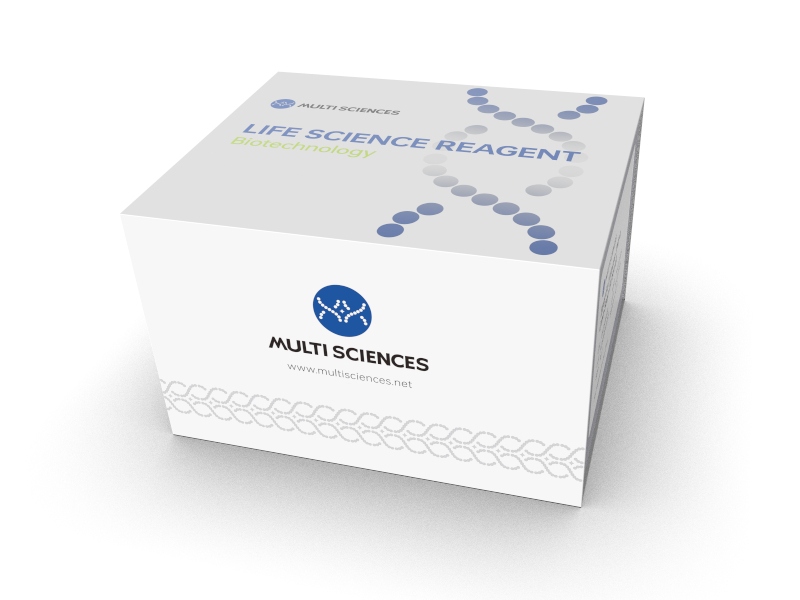
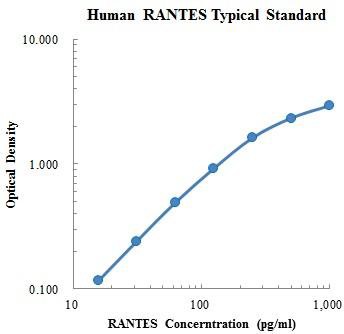
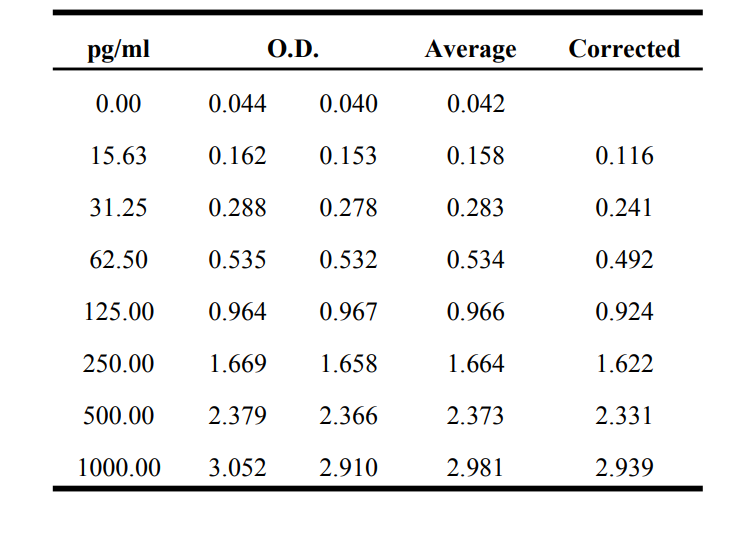
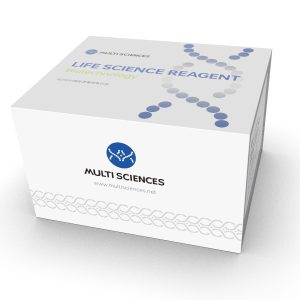

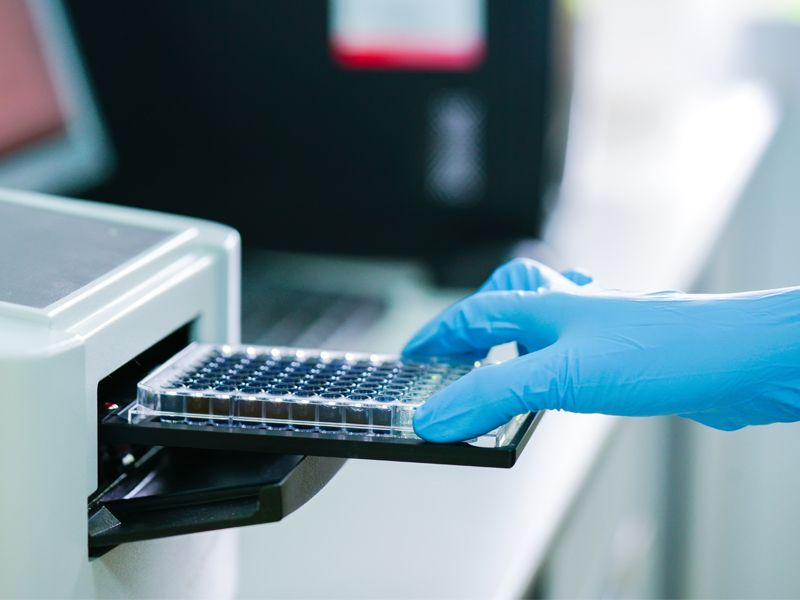
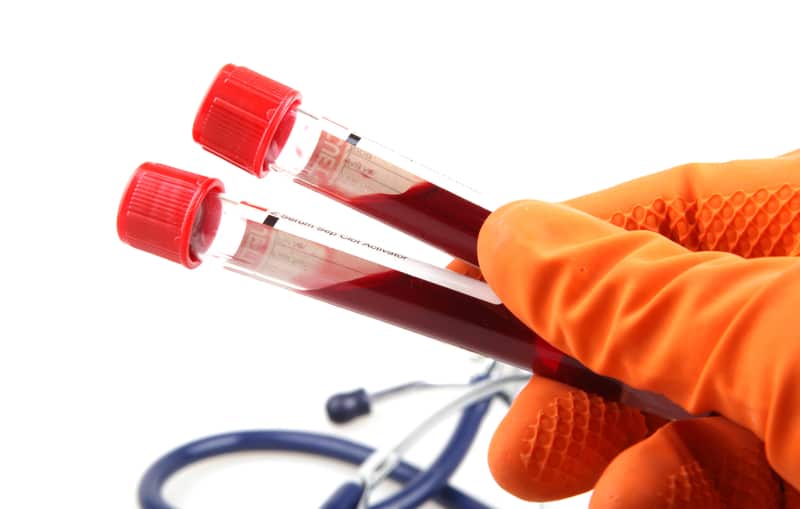
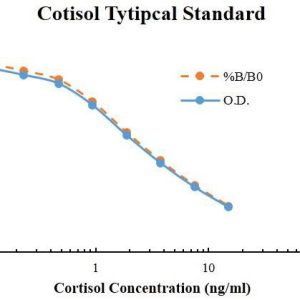
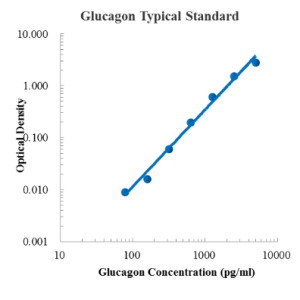
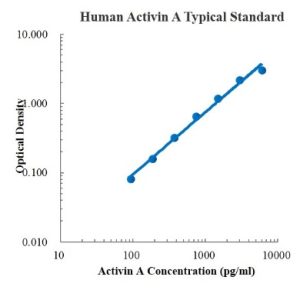
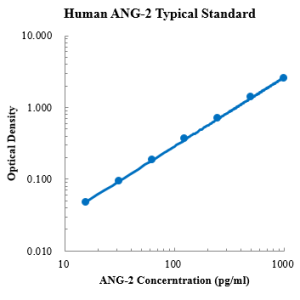
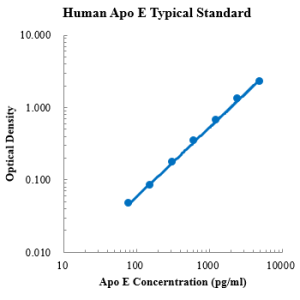
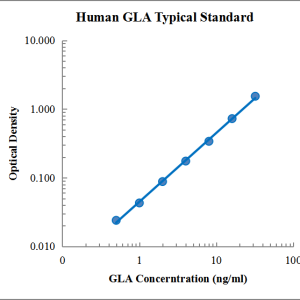
Reviews
There are no reviews yet.